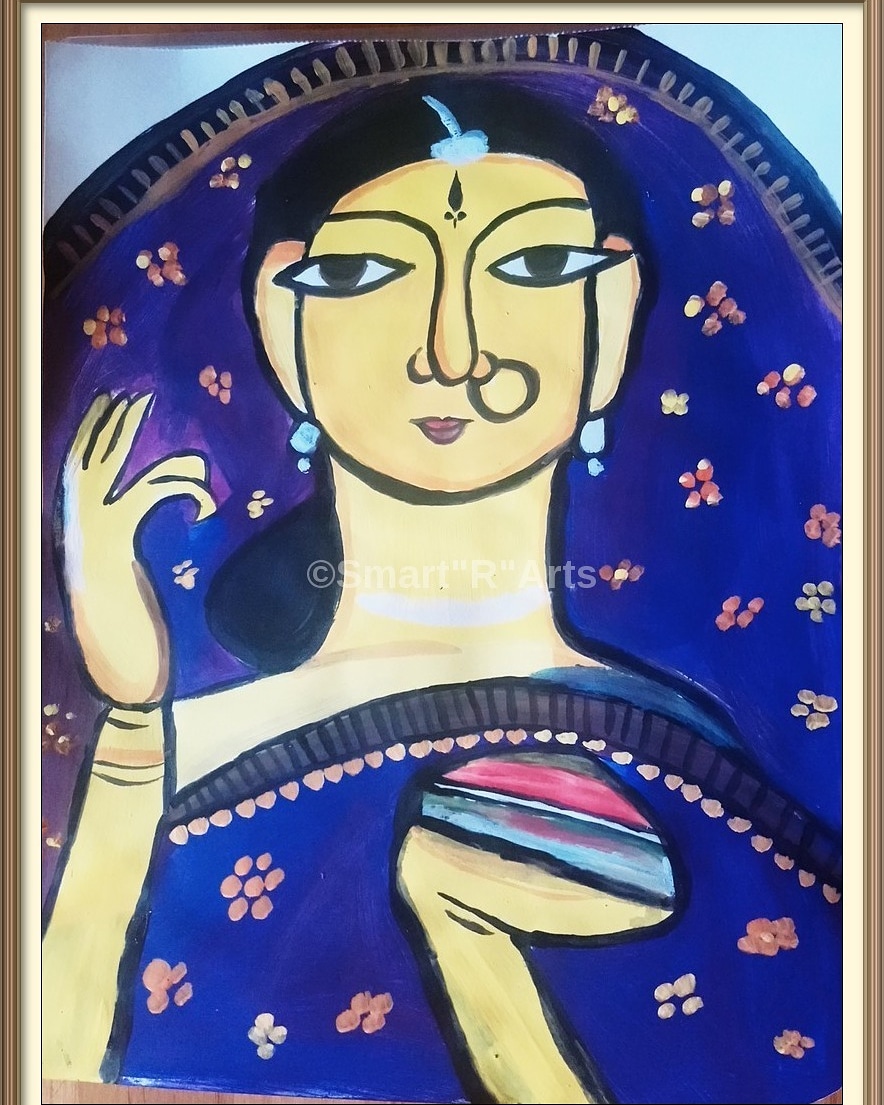Madhubani Paintings
Madhubani Paintings are an indigenous art form India. Women of the village maintain paint figures from nature and myth on household and village walls to mark the seasonal festivals, wedding proposals , and the technique of painting is safely guarded by the women of this village, for it is to be passed on by a mother to her daughter. Over time, Madhubani paintings became a part of festivities and special events like weddings. Slowly, this art attracted connoisseurs of art as many contemporary Indian artists took the art on global stage. The traditional base of plastered mud wall was soon replaced by handmade paper, cloth and canvas. Since the paintings have been confined to a limited geographical range, the themes as well as the style are more or less, the same. These paintings are also known for their simplicity, for the brush and colors used are often derived from natural sources. While the paintings are largely made using powdered rice, colors derived from turmeric, pollen, pigments, indigo, various flowers, sandalwood, and leaves of various plants and trees, etc. Also, many natural sources are combined and are processed to obtain the desired colors. The colors are often prepared by the artists themselves. If the artists come across empty spaces even after completing the painting, they usually fill up those empty spaces with the motifs of flowers, animals, birds and geometrical patterns. A double line is usually drawn as the border.
.jpg)
.jpg)
.jpg)
.jpg)

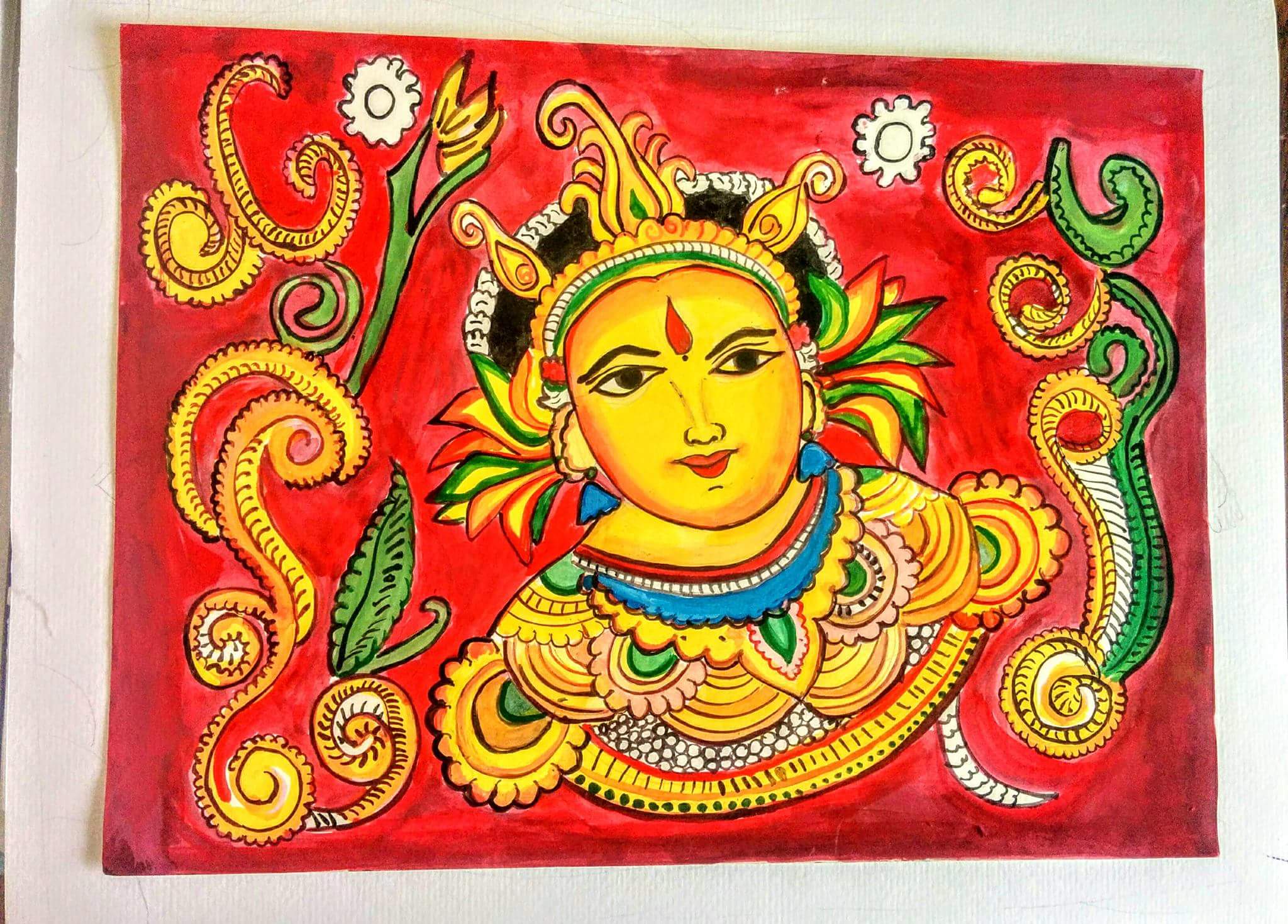
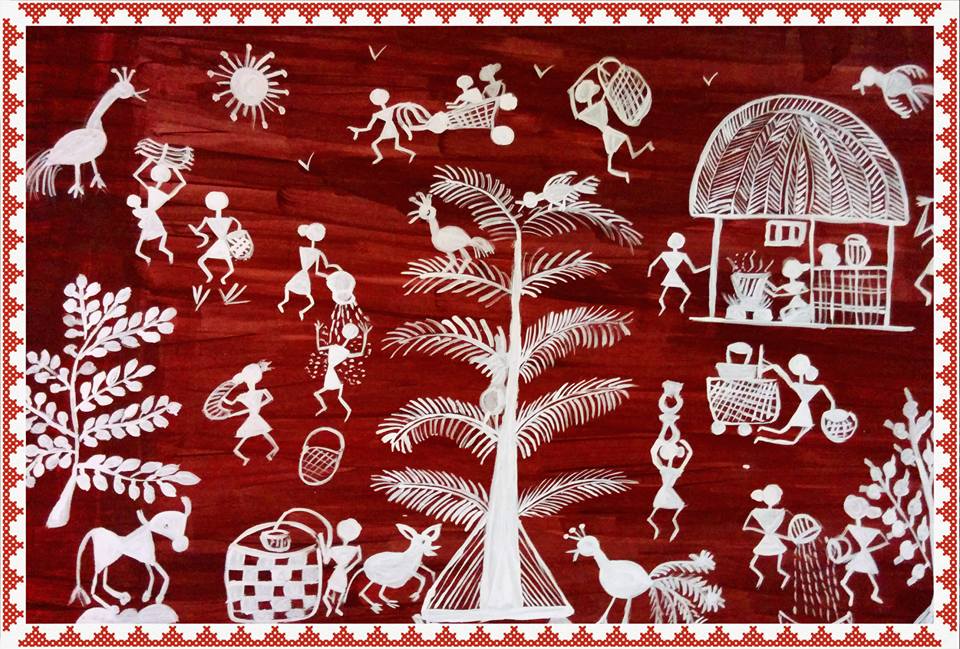
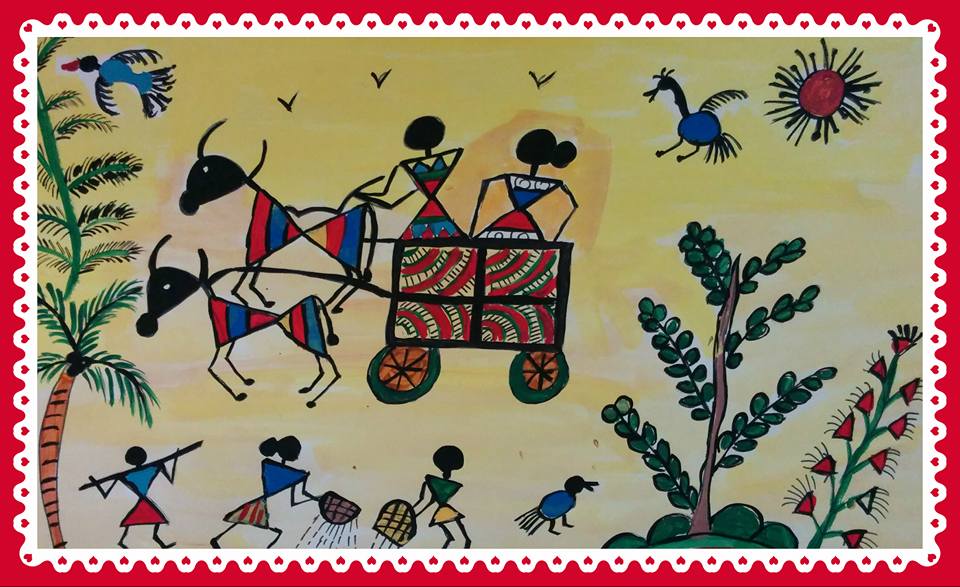
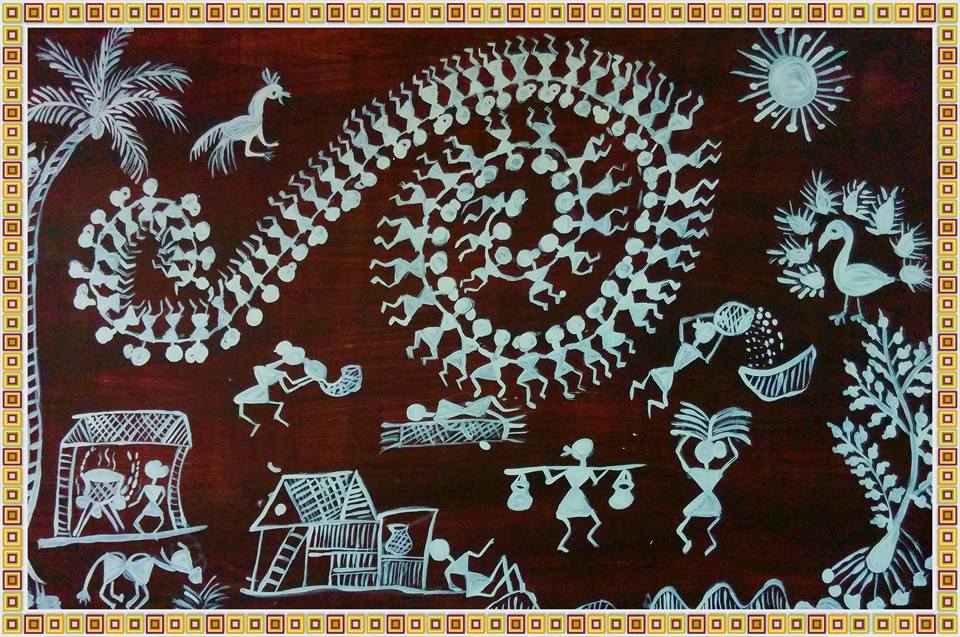
.jpg)
.jpg)
.jpg)
.jpg)

